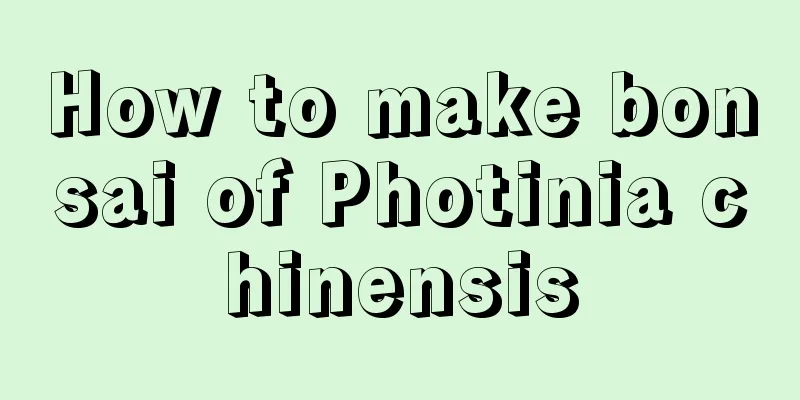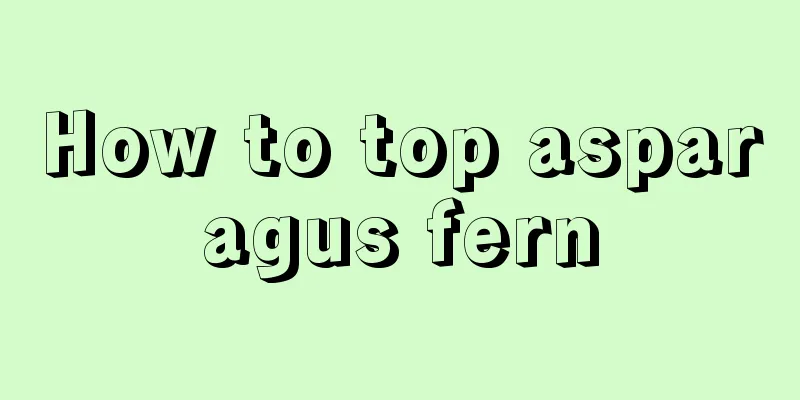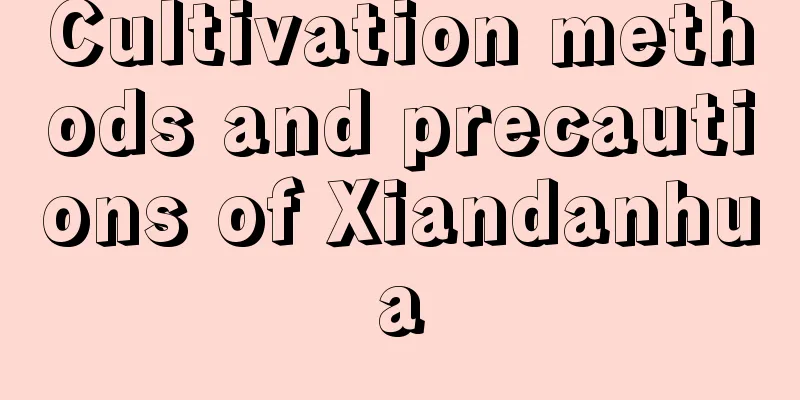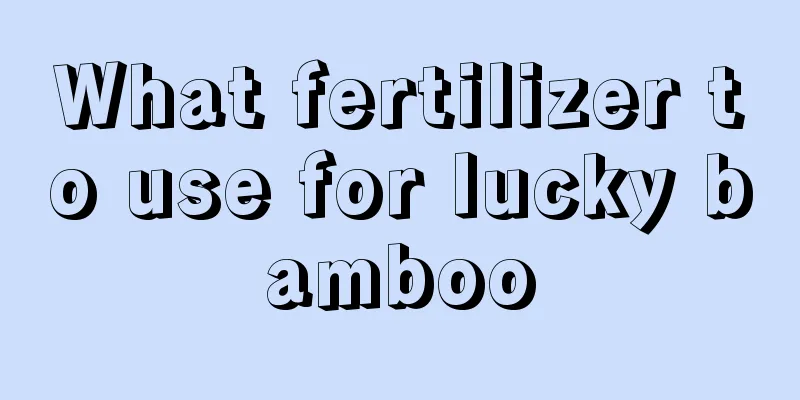Pests of Paulownia and Their Control
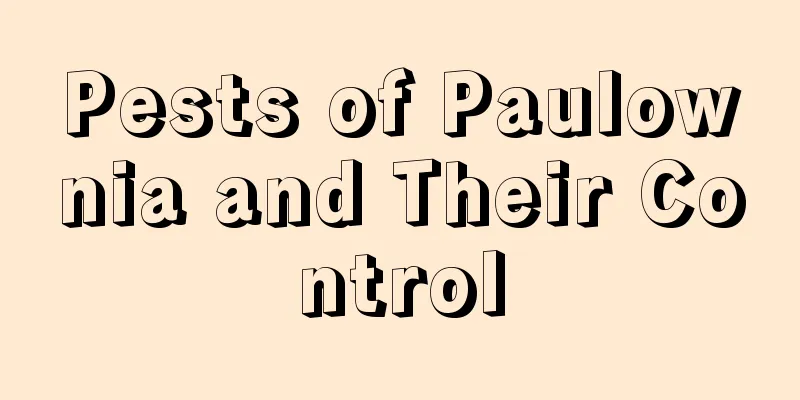
Pests of Paulownia and Their ControlCutwormsIt is active at night and feeds on young stems of Paulownia, causing a shortage of seedlings. The prevention and control measures are as follows:1. Remove weeds and eliminate egg-laying sites; 2. In the early morning, before the larvae enter the soil, they can be caught manually; 3. To kill larvae with poison bait, chop an appropriate amount of green vegetables, add 90% trichlorfon crystals, stir evenly, and spread it evenly in the nursery in the evening; 4. Use sweet and sour liquid to lure and kill adult insects. It is made by mixing sugar, vinegar, wine, flour and 90% dichlorvos crystals in the ratio of 3:1:1:2:1, and it is used to lure and kill adult insects at night. Mole CricketAdults and nymphs are mostly active at night, mainly feeding on the tender buds and seedlings of Paulownia, causing them to wither and die, resulting in a serious shortage of seedlings. The prevention and control measures are as follows: 1. Use chemicals to treat the soil. You can sprinkle an appropriate amount of 90% dichlorvos crystals on the soil surface and then plow the land. 2. You can use 90% dichlorodiphenyltrichloroethane crystals and chopped fresh grass in appropriate quantities, add a little water and mix evenly, and sprinkle it on the ground in the evening to kill mole crickets. Paulownia leaf beetleAdults and larvae damage Paulownia leaves. June and July are the peak periods of damage. The prevention and control measures are as follows: 1. Artificial killing of larvae, pupae, etc.; 2. You can spray 90% trichlorfon crystals or 50% malathion 1000 times diluted for prevention and control; 3. Protect and utilize parasitic wasps, the natural enemies of Paulownia leaf beetles. Paulownia spp.The damage is most serious in July and August. The initial symptoms are small yellow spots on the front of the leaves and dark red dots on the back. Later, the leaves curl, dry up and turn brown, and then fall off, looking like they were burned. In severe cases, they may even die. The prevention and control measures are as follows: 1. In late May, you can spray 4000 times diluted 3% hypertonic fenoxycarb or 3000 times diluted 2.5% cypermethrin, once every 20 days or so. 2. Strictly quarantine Paulownia seedlings. In late autumn, remove and burn dead branches and fallen leaves in the fields in a timely manner. 3. Deeply plow the soil in winter to eliminate overwintering adult insects. Red headed gentianThe damage is caused by the adults feeding on leaves. Adults are most damaging in mid-June, and they begin laying eggs in early July. The prevention and treatment methods are as follows: 1. Artificial nets are used to capture adult insects that feed in groups; 2. You can use 800-1000 times diluted 80% DDT for spraying, which is more effective. |
<<: Pests of Patchouli and Their Control
>>: Diseases and Pests of Shrimp Flower and Their Control
Recommend
How to raise Jingzhi Huajin
The habit of this plant Let’s talk about sunlight...
How to manage chives to make them strong?
Chives are a vegetable that many people like to e...
The reason why the leaves of the lucky tree curl
1. Unsuitable environment The leaves of the newly...
Chlorophytum growth environment conditions and characteristics
Chlorophytum growth environment conditions and re...
How long is the growth cycle of beans?
Introduction to Bean Growth Beans are widely cult...
How to grow Kalanchoe
1. Breeding environment: 1. Soil selection: Try n...
What are the effects and functions of passion fruit? Can it help you lose weight?
1. Function 1. Help defecation and reduce constip...
How to reshape carambola
Early tree shaping The goal of shaping the tree i...
How to grow the Alocasia odora so that it can grow out of the pot quickly?
Crassulaceae, a succulent plant belonging to the ...
Can wine bottle orchid be hydroponically cultivated?
Wine bottle orchid hydroponic seedlings Choose a ...
How to water Christmas cactus without root rot (correct watering method and precautions)
In fact, there are different methods of watering ...
Cultivation methods and maintenance of old golden sedge
How to grow golden spathiphyllum into an old pile...
How to prune the green radish when it is too dense
1. How to trim If the green radish grows too dens...
How to propagate Monstera by cuttings
1. Cutting time If you take cuttings at the right...
What to do if the leaves of the fortune tree turn yellow and have spots
1. Disease problem Cause: The spots and yellowing...
